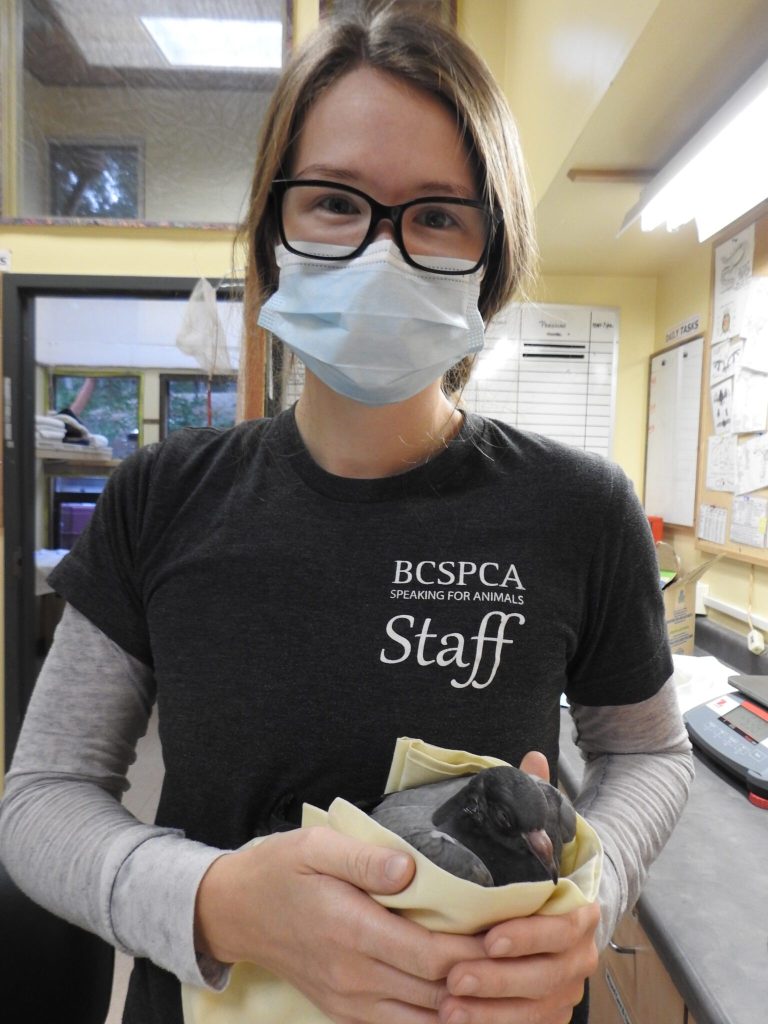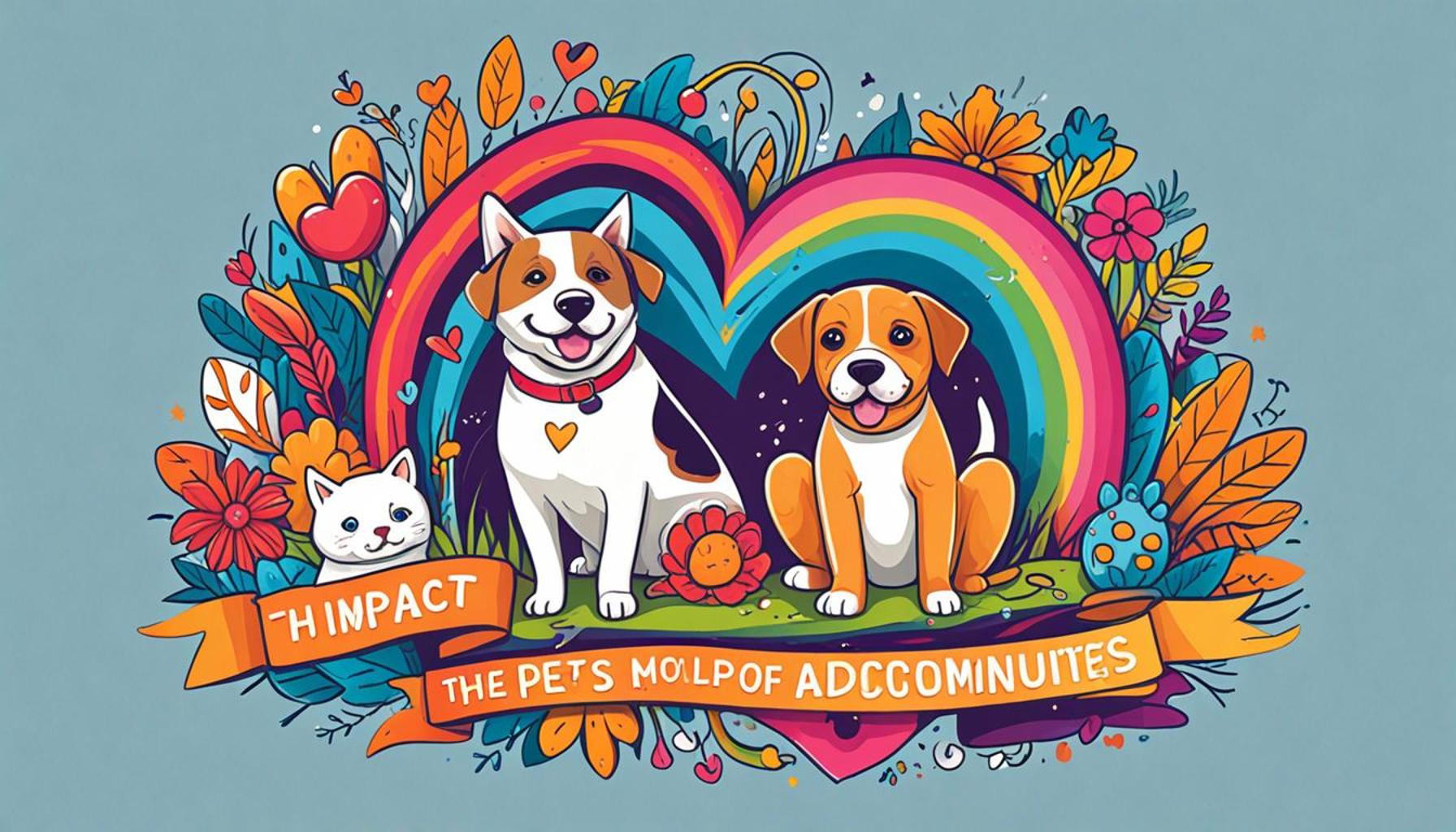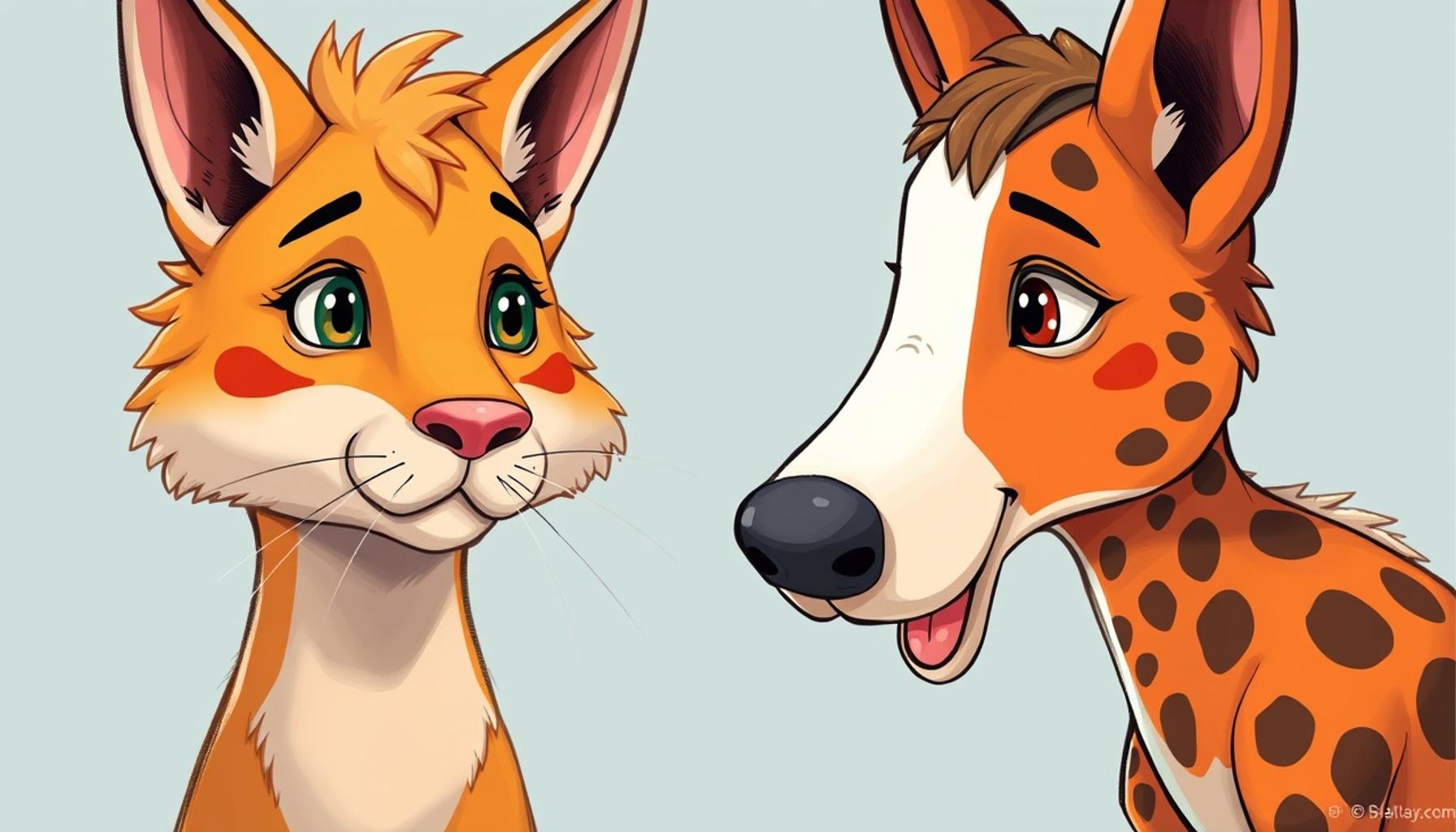The Role of Adoption Organizations in the Rehabilitation of Rescued Animals

The Vital Role of Adoption Organizations
Adoption organizations serve as essential havens for countless animals rescued from dire circumstances, facing the realities of abandonment, abuse, and neglect. These organizations not only provide shelter but curate a supportive and healing environment designed for recovery and eventual adoption. In fact, there are nearly 4 million animals entering shelters each year in the United States alone, highlighting the urgency and importance of their work.
Medical Care is often the first step in the rehabilitation of rescued animals. Many come into these facilities suffering from physical ailments, such as untreated wounds, infections, or chronic illnesses. Adoption organizations partner with veterinarians to ensure that each animal receives immediate and comprehensive medical attention. For example, The ASPCA provides access to a range of services, from vaccinations to spaying and neutering, all essential steps in preparing an animal for life in a loving home.
Additionally, Behavioral Training is critical, especially for animals that have suffered trauma or neglect. Many of these animals exhibit anxiety, fear, or aggressive behaviors fostered by their previous experiences. Adoption organizations implement training programs designed to help them overcome these issues. For instance, programs like Paws for Life offer specialized behavioral training that not only equips animals with coping mechanisms but also makes them more attractive to potential adopters. A well-behaved pet is more likely to be adopted and integrated successfully into a new family.
The role of these organizations extends into Community Education, wherein they take on the crucial task of informing the public about responsible pet ownership. By hosting workshops and outreach initiatives, they aim to educate communities on the importance of spaying and neutering, as well as the long-term responsibilities associated with pet ownership. This proactive approach helps reduce future instances of neglect and abandonment, creating a more compassionate environment for animals and humans alike.
Through a dedicated network of passionate volunteers and professionals, adoption organizations transform the narratives of animals in distress and prospective pet owners. They open doors to new beginnings, facilitating the bond between humans and animals, a relationship rooted in love and care. It’s important to recognize that supporting these organizations—whether through adopting an animal, donating, or volunteering—contributes to a larger movement aimed at fostering kindness and responsibility within communities.

As we reflect on the staggering number of animals entering shelters annually, the invaluable work of adoption organizations becomes even clearer. Their impact extends beyond simply saving lives; they are instrumental in creating communities that value compassion and empathy. For those interested in making a difference, learning about the various organizations in your locality can be a meaningful step towards fostering a brighter future for these deserving animals.
DISCOVER MORE: Click here for effective training tips
Rehabilitative Services that Save Lives
The journey of a rescued animal often begins with a pivotal transition from peril to safety, where adoption organizations play a transformative role. These organizations work tirelessly to ensure that every animal is given a fresh start, providing a comprehensive range of rehabilitative services that cater to both their physical and emotional needs.
One of the foundational components of rehabilitation is medical care. Upon arrival at an adoption organization, many animals require immediate attention, which may include treatments for injuries, vaccinations, and illnesses. These organizations do not just stop at basic care; they often create partnerships with local veterinarians, thereby facilitating access to advanced medical treatments. For instance, organizations like the Humane Society of the United States (HSUS) implement health screening protocols to catch underlying health issues that might not be immediately visible. This means that each animal can start its journey toward recovery in a state of good health, which is vital for its well-being and eventual placement in a forever home.
Post-medical care, the focus shifts to enhancing the animal’s behavioral health. Many rescued animals come from tumultuous backgrounds where they may have been mistreated or neglected, leading to severe anxiety or behavioral disorders. Adoption organizations like Best Friends Animal Society deploy certified trainers who use positive reinforcement techniques to address these challenges. Their training strategies include:
- Socialization opportunities: Helping animals interact with people and other pets in a controlled environment.
- Bite inhibition: Teaching animals the appropriate way to use their mouths, which is crucial for building trust.
- Desensitization programs: Gradually exposing animals to stimuli that might trigger fear or anxiety to help them adapt in a positive manner.
These behavioral training efforts are not merely about improving an animal’s chances of being adopted; they are also instrumental in paving the way for a harmonious relationship between the animal and its future owners. The result of this training manifests in calmer, more confident pets that are that much more likely to thrive in a home setting. Such transformation also elevates the organization’s success rate in adoptions, as potential pet owners are drawn to the prospect of adopting a pet that has been well-socialized and effectively trained.
Moreover, integration into a home necessitates an understanding of the importance of community education. Many adoption organizations extend their reach beyond their immediate services by offering resources aimed at preventing future instances of abandonment and neglect. Through workshops and outreach programs, these organizations provide critical information on pet care, responsible ownership practices, and the significance of spaying and neutering. This education fosters a culture of respect and empathy towards animals, thereby reducing the inflow of animals into adoption facilities.
In sum, adoption organizations are not merely shelters; they are full-fledged rehabilitation centers that work diligently to restore and improve the lives of rescued animals. With a keen focus on medical care, behavioral health, and community education, they create a robust framework that supports the successful rehabilitation and adoption of countless deserving animals. Each effort contributes to breaking the cycle of neglect while paving the way for lasting, loving relationships between pets and people.
| Advantage | Description |
|---|---|
| Emotional Support | Adoption organizations offer life-changing emotional support to both rescued animals and their new families, fostering a bond that benefits everyone involved. |
| Comprehensive Rehabilitation Programs | These organizations implement holistic rehabilitation programs designed to address the specific needs of each rescued animal, ensuring their physical and psychological well-being. |
Adoption organizations are vital in fostering the rehabilitation of rescued animals, addressing both their physical and emotional needs. By providing emotional support, these organizations create nurturing environments where animals can heal from trauma and acclimate to a loving home. This process not only benefits the animals by improving their mental health but also enriches the lives of the families who adopt them, creating lasting connections that champion compassion and empathy.Furthermore, the implementation of comprehensive rehabilitation programs is essential in meeting the unique needs of each animal. These programs may include behavioral training, medical care, and socialization efforts, all designed to prepare rescued animals for successful adoption and integration into family life. Through these initiatives, adoption organizations play a pivotal role in transforming the lives of rescued animals, fostering hope, and highlighting the importance of empathy in society. Discover how you can contribute or adopt, and be part of this transformative journey.
DISCOVER MORE: Click here to dive deeper
The Ripple Effect of Adoption Organization Initiatives
The work of adoption organizations extends well beyond the immediate rehabilitation of rescued animals; it engenders a ripple effect that influences entire communities. By actively promoting responsible pet ownership and advocating for the humane treatment of animals, these organizations foster a culture of compassion that addresses the root causes of animal neglect and abandonment. This is particularly important in a country like the United States, where millions of animals enter shelters each year, and estimates suggest that roughly 6.5 million companion animals are set to enter shelter systems.
Pet retention programs are becoming increasingly vital as part of the rehabilitative process. Organizations recognize that preventing animals from needing rehoming is essential to reducing shelter intake. These programs offer resources that educate pet owners about the challenges of pet ownership, such as behavioral issues or financial hardships, and provide solutions like crisis intervention services or temporary foster care. For example, during the COVID-19 pandemic, several shelters reported a surge in pet surrenders due to economic distress, prompting organizations to establish emergency funds and support networks to keep pets with their families.
The role of volunteerism cannot be underestimated in this context. Adoption organizations often rely heavily on the support of community volunteers to carry out day-to-day operations, from socializing shy animals to conducting outreach programs. Volunteer training initiatives are designed not only to bolster the organization’s efforts but also to spread awareness about animal welfare topics. By involving community members, adoption organizations are empowering local advocates who carry the message of responsible pet ownership and animal rehabilitation far beyond the walls of the shelter.
Collaborative Efforts and Public Policy Advocacy
Another crucial aspect of the role of adoption organizations is their involvement in collaboration with local governments and public policy advocacy. By working alongside lawmakers, these organizations aim to influence policies that promote animal welfare while effectively reducing shelter populations. Programs like “spay and neuter” initiatives and mandatory licensing are supported by various animal welfare organizations to help mitigate the problem of overpopulation. For instance, organizations such as the ASPCA often coordinate with local governments to establish low-cost spay and neuter clinics, making these essential services accessible to a broader demographic.
Additionally, these organizations utilize data-driven approaches to support their advocacy initiatives. By collecting statistics on animal intake and outcomes, they can effectively demonstrate the impact of their programs and highlight the importance of community involvement in animal welfare. For example, showcasing a decrease in euthanasia rates correlating with spay and neuter campaigns can help rally community support and additional funding.
Fostering Lifelong Bonds through Adoption Programs
Moreover, the actual adoption process is designed with both the animal’s and the adopter’s needs in mind. Adoption organizations strive to match pets with families that can provide a stable, loving environment. These organizations implement thorough screening processes, often involving home visits, interviews, and rigorous adoption applications to ensure a good fit. Education is a pivotal component as well; new adopters are often provided with resources and ongoing support to help them bond with their new companions successfully.
It is noteworthy that successful adoption initiatives can lead to a thriving community of pet owners who advocate for animal welfare, perpetuating the cycle of responsible ownership and promoting the overall mission of adoption organizations. By investing time and resources into adoption follow-ups and support, these organizations help maintain positive relationships with adopters, ultimately benefiting countless animals in need of a loving home.
As adoption organizations continue their multifaceted efforts, they serve as a vital part of the safety net for thousands of rescued animals, ensuring they are not just given a second chance, but a lifetime of love and care. Their impact resonates far and wide, shaping attitudes and behaviors towards animal adoption and welfare, one rescued life at a time.
DON’T MISS OUT: Click here for essential tips on balanced pet nutrition
Conclusion: The Critical Role of Adoption Organizations in Animal Rehabilitation
In conclusion, adoption organizations play an integral role in the rehabilitation of rescued animals, acting as champions for both the animals in their care and the communities they serve. These organizations catalyze substantial change, not only by providing physical rehabilitation and shelter for animals but also by fostering a culture of responsible pet ownership and compassion through educational outreach and community initiatives. As seen through their innovative pet retention programs, they are dedicated to addressing the challenges pet owners face, ultimately reducing the number of animals that enter shelters.
The collaborative efforts of adoption organizations with government entities and their advocacy for humane policies further amplify their impact, creating a framework that promotes sustainable animal welfare solutions. Their commitment to data-driven approaches showcases the importance of community involvement and policy change in tackling the root causes of animal overpopulation and neglect.
Moreover, by ensuring that adoptions are not just transactions but rather gateways to lifelong bonds, these organizations empower new pet owners with resources and ongoing support, bringing about lasting transformations in animal welfare attitudes. As adoption organizations pave the way for a brighter future for countless animals, their work necessitates ongoing support and awareness from the community at large. Embracing the mission of these organizations means embracing the responsibility each of us holds in creating a more compassionate society for all living creatures.
To truly understand the depth of their influence, we encourage readers to get involved, whether through volunteering, adopting, or advocating for animal welfare policies, because every small action can make a significant difference in the lives of rescued animals.


